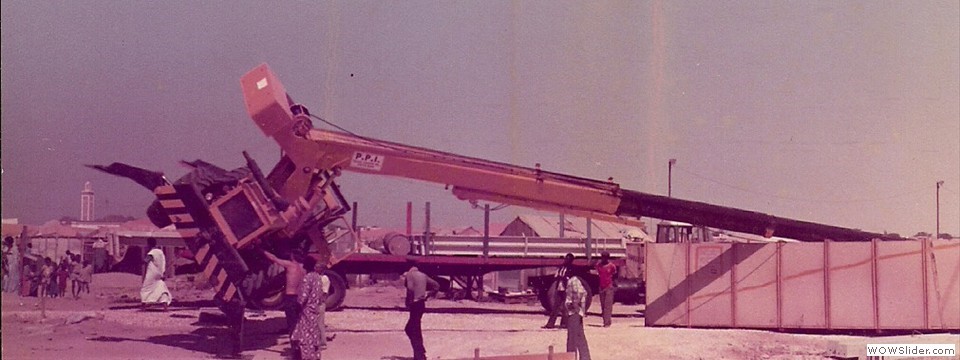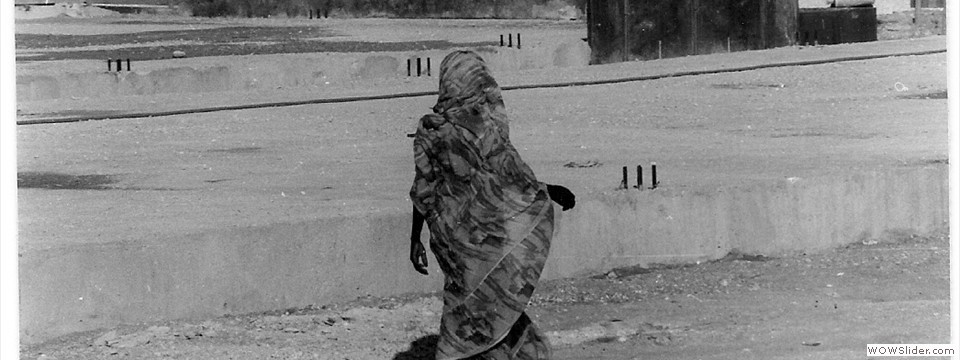Flexo Printing
Setting
At Enper employing one of the best, if not simply the best, Flexographic printer in the Netherlands, we were frequently challenged to print ever more intricate designs often with a reverse solid colour. Since our ‘gold’ looked so good that we only rarely had to use real gold and our printing mostly in perfect registration, we were slowly able to increase pricing for this superb quality.
Challenge
Obviously superb quality means having always a perfect registration; in addition top quality and therefore ‘luxury products’ might command premium pricing, it also meant shorter runs. And obviously our aging geared printing equipment was not really up to the task, even if our printer was. The extra run needed for the reverse colour was an issue – although clearly not during the long-lasting off-season -. Unfortunately, printing equipment having short change-over times, able to print the reverse during the first run and allowing for spot-on registration does not come cheap.
Solution
In the nearly two years I was by now with Enper I had built up a good relation with our external maintenance engineer and together with my printer we discussed our options. Being an independent contractor he was not beholden to a particular printing equipment manufacturer, although obviously he, like anyone else, had his favourites. Still, as a result of our discussions we ended up with an Italian builder he had not had much experience with, but who, next to his geared equipment, was experimenting with direct-drive rotary (DDR) motors. These were supposed to be the ultimate answer to perfect registration. They also worked on quick release systems for the sleeves, so they should fit the bill, although he wasn’t aware of them also having reverse printing experience, though, in our perception that shouldn’t be too difficult.
The three of us went to Milan to meet the equipment manufacturer and were, much to our surprise, greeted in the factory by a nearly completed rotary printing machine with a reverse unit attached to it – another box could be checked -. We discussed our requirements and they informed us that they had recently delivered a slightly less sophisticated machine to a client in the south of Italy and they would love to showcase it. So on a three day travel we went. And a very useful trip it was, seeing the easy release system up close and personal, I managed to forward some small improvements, again shaving minutes from the turn-around.
Back to our hotel in Bergamo it was obvious this company could make what we needed but also that we wanted all the bells and whistles. It would be the Rolls-Royce of flexo printing and we would be way ahead of the competition – they didn’t even know this technology existed -. Just one problem: I could pay, at most, 2/3rd of the asking price AND I did not want to lose out on any of the beautiful capabilities / accessories / GUIs available. Our maintenance contractor went back and normally I would also ask my printer to leave, after all, we had now entered into a pure procurement phase, where I had to show my metal. However the seasonality of our business made his return into a pure savings issue which, given the amounts we were debating, was slightly supercilious. For one week we arrived every day at nine in the conference room of the supplier exulting the absolute superiority of their equipment, but also everyday explaining that there would not be many potential customers ready to travel to the depths of Italy to see a near perfect machine. They would however be able to fly to Rotterdam and we would be only too happy to show-case this marvel. Finally they succumbed, we had a deal.













See also: